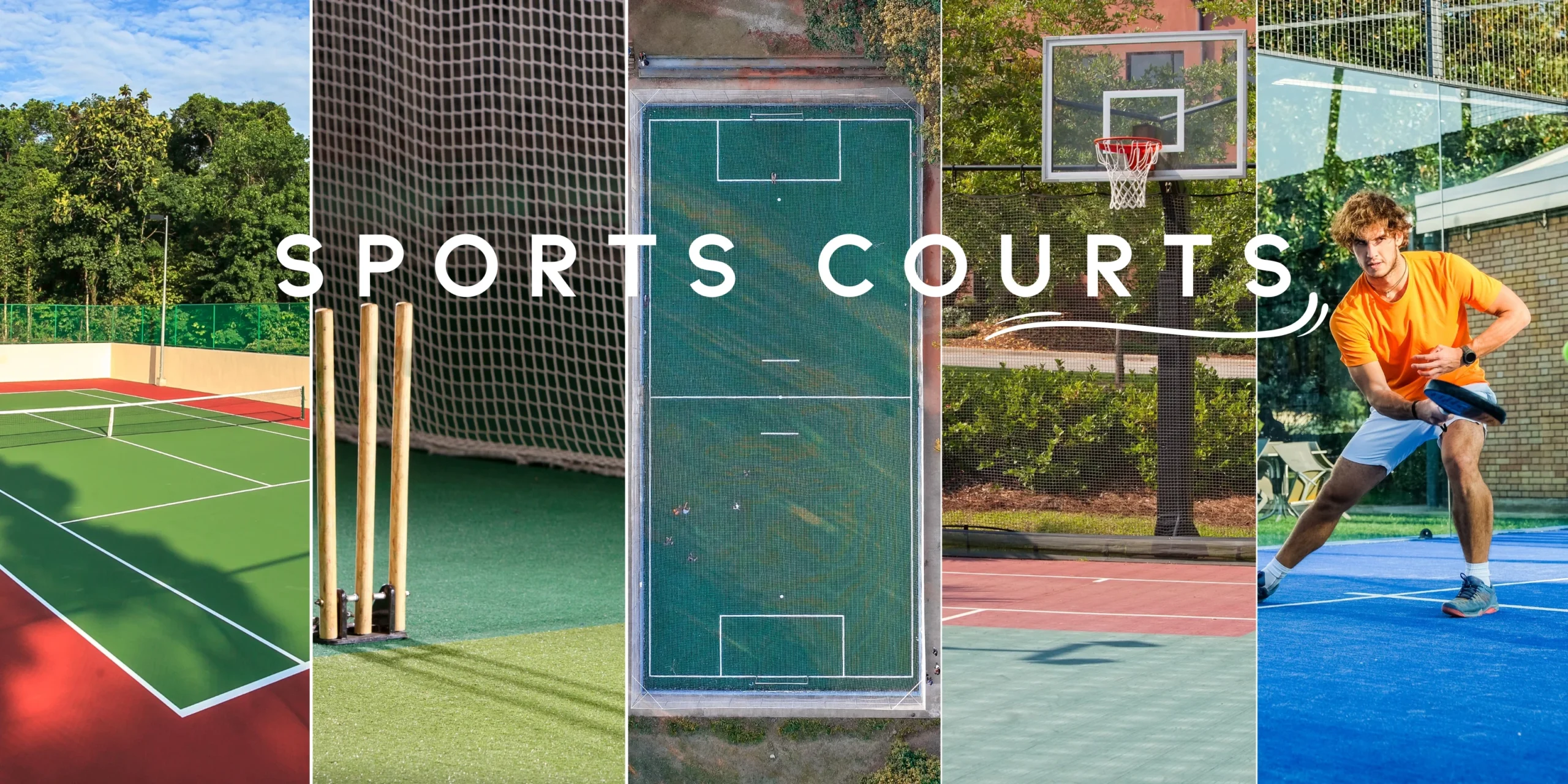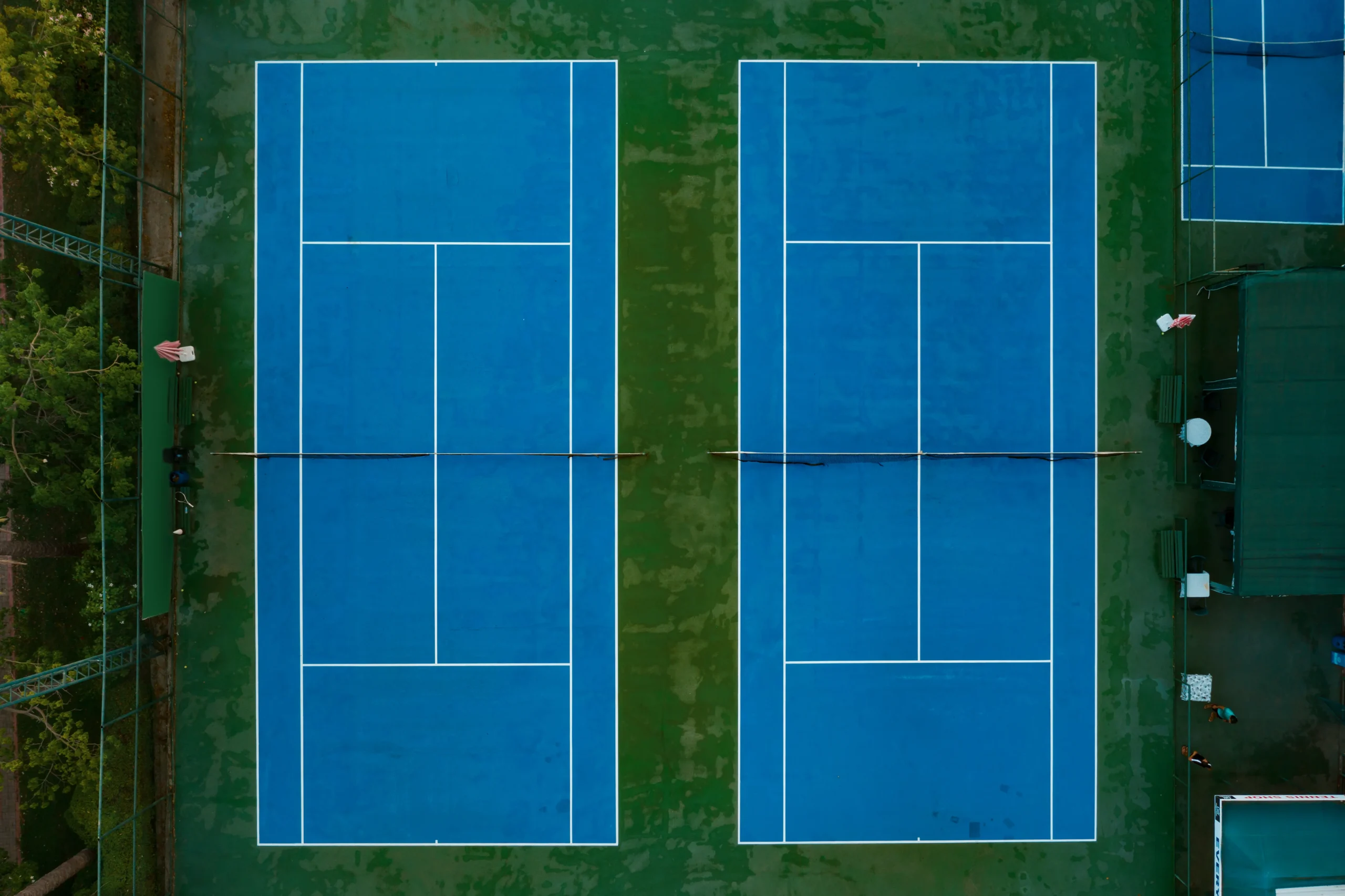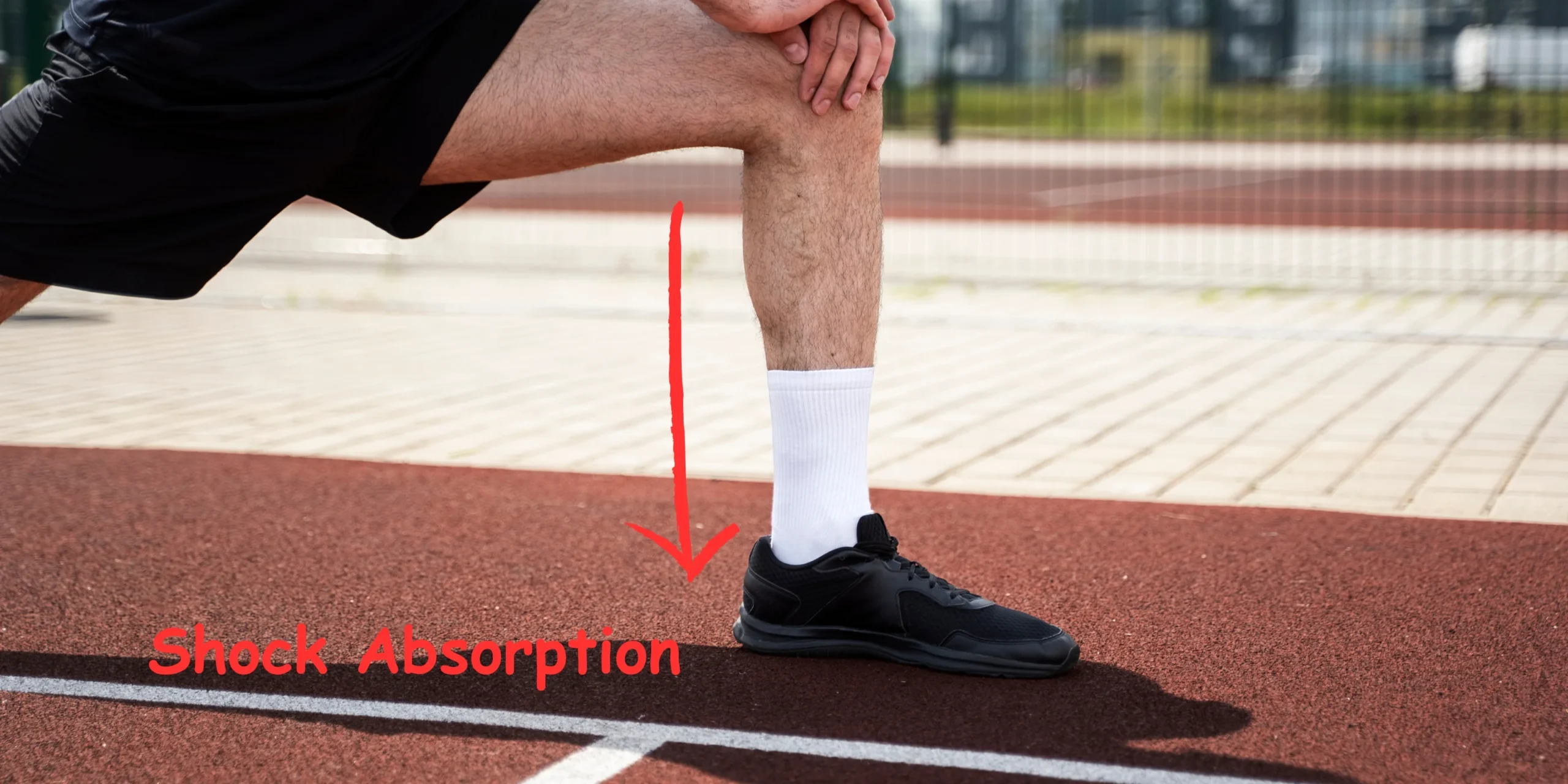High-Performance Athletic Court Systems Built to Last
In the world of sports and recreation, the quality of athletic courts plays a crucial role in performance, safety, and durability. Whether it’s a high-stakes basketball game, an intense tennis match, or a leisurely game of pickleball, the surface beneath your feet can make all the difference. High-performance athletic court systems are engineered to deliver exceptional durability, superior playability, and long-term value. Let’s explore what makes these courts stand out and why investing in them is a smart choice for athletes, facility managers, and community planners alike.

The Importance of High-Quality Athletic Courts
Athletic courts are more than just flat surfaces; they’re the foundation of the game. A well-designed court provides:
- Enhanced Performance: High-performance courts are designed to optimize player movement, reduce strain, and improve game flow.
- Player Safety: Proper cushioning and shock absorption minimize the risk of injuries, ensuring athletes can play at their best.
- Durability: Built to withstand rigorous use and harsh weather conditions, these courts offer long-lasting value.
- Aesthetic Appeal: Vibrant, professional-grade finishes enhance the visual appeal of any sports facility.
Materials That Make a Difference
The construction of athletic courts has evolved significantly over the years, with innovative materials leading the way. Here are some key components:
- Acrylic Coatings
Acrylic is a popular choice for outdoor courts. It provides a smooth, non-slip surface and can be customized with various colors to match branding or design preferences. Acrylic coatings are UV-resistant, ensuring that the court retains its vibrant appearance for years.

- Modular Tiles
For multi-sport and portable court systems, modular tiles are a game-changer. These interlocking tiles are easy to install, maintain, and replace. They offer excellent shock absorption and drainage, making them ideal for both indoor and outdoor use.
- Asphalt and Concrete
Traditional yet reliable, asphalt and concrete form the base of many athletic courts. When combined with high-quality surface coatings, these materials provide unmatched stability and resilience.
- Synthetic Turf
Synthetic turf is perfect for sports like soccer and field hockey. Modern turf systems mimic the feel of natural grass while offering superior durability and reduced maintenance.
Advanced Technology in Athletic Court Systems
Technological advancements have revolutionized the way athletic courts are designed and constructed. Here are some noteworthy innovations:
Shock-Absorbing Layers
Modern court systems often include shock-absorbing layers beneath the surface. These layers reduce impact on players’ joints, making them ideal for high-intensity sports.
UV-Resistant Coatings
UV-resistant materials protect courts from sun damage, preventing cracking and discoloration. This ensures that the courts remain functional and visually appealing for years.
Permeable Surfaces
Permeable court surfaces allow water to drain through, preventing puddles and reducing downtime after rain. This feature is particularly valuable for outdoor courts.
Customizable Designs
From logo placements to color schemes, advanced manufacturing techniques allow for highly customizable courts that reflect a brand’s identity or community spirit.

The Benefits of Investing in High-Performance Courts
Longevity and Durability
High-performance courts are built to last, offering years of reliable use with minimal maintenance. Their durability reduces the need for frequent repairs, saving time and money in the long run.
Enhanced Player Experience
Players benefit from consistent ball bounce, reduced joint strain, and a professional-grade playing environment. This improves both performance and enjoyment.
Increased Property Value
Facilities with high-quality courts attract more users and events, boosting revenue potential and overall property value.
Eco-Friendly Options
Many modern court systems use eco-friendly materials and manufacturing processes. Recyclable modular tiles and low-VOC coatings are just a few examples of sustainable practices in court construction.
Choosing the Right Athletic Court System
When selecting an athletic court system, consider the following factors:
- Type of Sport: Different sports have unique requirements. For example, a tennis court needs specific surface tension, while a basketball court prioritizes shock absorption.
- Climate Conditions: Weather-resistant materials are essential for outdoor courts in regions with extreme temperatures or heavy rainfall.
- Usage Frequency: High-traffic areas require more durable materials to withstand constant use.
- Budget: While high-performance courts may have a higher upfront cost, their long-term benefits often outweigh initial expenses.
Maintenance Tips for Longevity
Proper maintenance is key to extending the lifespan of your athletic court. Here are some tips:
- Regular Cleaning: Sweep debris and clean stains promptly to maintain a pristine surface.
- Inspect for Damage: Periodically check for cracks, peeling, or loose tiles and address issues immediately.
- Reapply Coatings: Over time, surface coatings may wear down. Reapplying them ensures continued performance and protection.
- Protect from Heavy Equipment: Avoid using heavy machinery on the court, as it can cause damage.
- Seasonal Upkeep: Prepare outdoor courts for winter by sealing cracks and ensuring proper drainage.